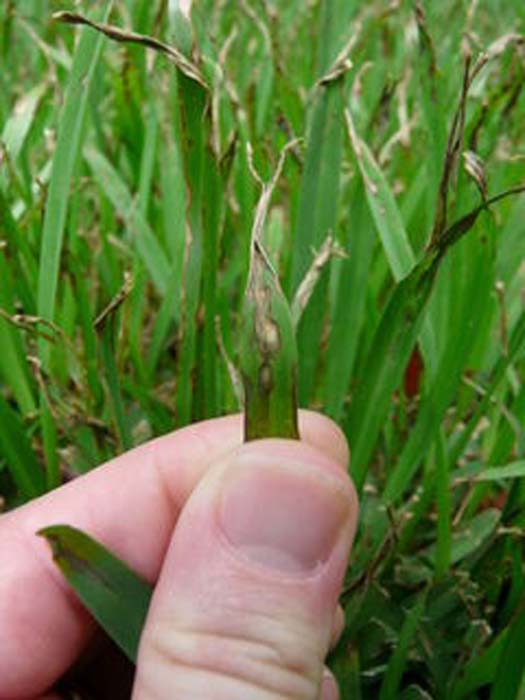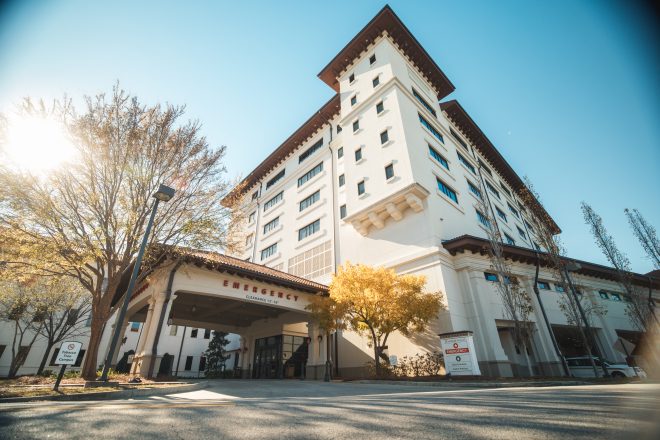Gray leaf spot in St. Augustine grass
Published 3:26 pm Wednesday, June 24, 2015

- St. Augustine grass
Many of Thomas County’s plantations are outlined with beautiful landscape architecture. Aesthetically pleasing ornamental trees and grasses give character to each entrance. Yesterday, I was invited to observe an area of unhealthy St. Augustine grass that was taking away from this beauty.
St. Augustine grass is a very shade tolerant grass that is thick-bladed and tall growing. It has a slightly larger nitrogen and watering requirement than our common centipede. Sunlight is the most important element for healthy turf; however, some turf species have higher tolerances for shade than others. For this reason, St. Augustine is many times observed growing in dense shade.
Trending
One issue we see with dense shade less water evaporation from the soil. The greater humidity maintains leaf wetness. This is a major issue for disease. We found an active infection of gray leaf spot (Pyricularia grisea) while observing an area of St. Augustine grass this week.
Gray leaf spot is a fungus disease that affects St. Augustine grass, perennial ryegrass and tall fescue in Georgia. We do not have fescue in South Georgia since it is a cool season grass. Hot humid summer weather and high nitrogen levels can make turf susceptible to this disease.
The symptoms of gray leaf spot vary depending on the grass cultivar. On St. Augustine grass, gray leaf spot first appears as small, brown spots on the leaves and stems. The spots quickly enlarge to approximately one-quarter inch in length and become bluish-gray and oval or elongated in shape. The mature lesions are tan to gray and have depressed centers with irregular margins that are purple to brown. A yellow border on the lesions can also occur.
University of Georgia Extension Pathologist Dr. Alfredo Martinez says gray leaf spot is favored by daytime temperatures between 80°F to 90°F and night temperatures above 65°F. It is also found in areas with high nitrogen levels and that are stressed by various factors, including drought and soil compaction. This disease is most severe during extended hot, rainy and humid periods.
The best way to manage for gray leaf spot is to avoid medium to high nitrogen levels during mid-summer. Dr. Martinez advises to Irrigate turf deeply and as infrequently as possible to avoid water stress. Allow water to remain on leaves for only a short period of time. The best way to accomplish this is to water between 9 p.m. and 9 a.m. as the leaf blades are already wet from dew.
We also need to reduce thatch. Thatch is the dead stolons (runners) and roots that collected between the leaf blades and the soil. Reducing thatch can be done with an aeration. At least one aeration is recommended during each growing season; however, if soil is compacted or thatch is an issue, aerate multiple times. When possible, plant turfgrass that is resistant to gray leaf spot. Avoid using herbicides or plant growth regulators when the disease is active. Fungicides are also available to control the disease.
Trending
For additional information, contact the Thomas County Extension office at 225-4130.





